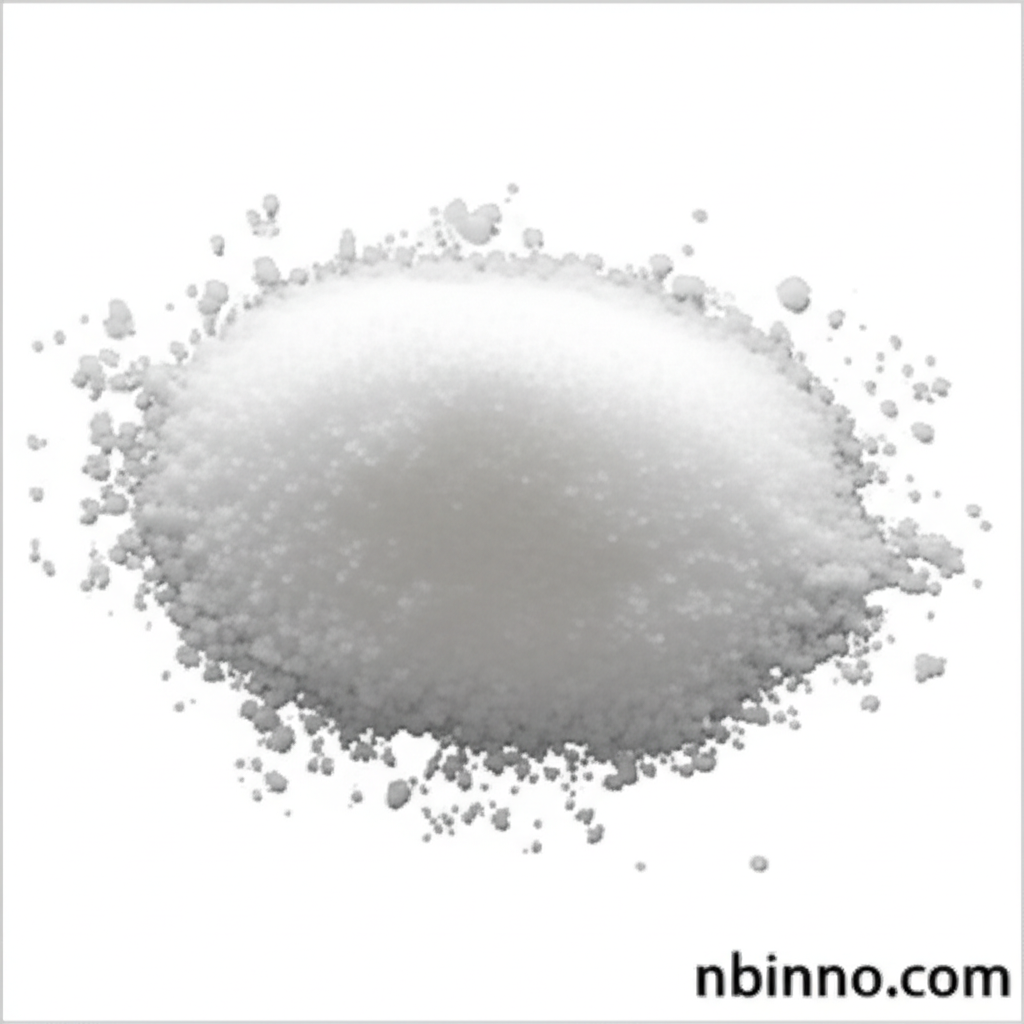2,2,2-Tribromoethanol: Properties, Applications, and Safe Handling for Research
Discover the essential details of 2,2,2-Tribromoethanol, a key chemical for laboratory research and animal anesthesia.
Get a Quote & SampleProduct Core Value

2,2,2-Tribromoethanol
2,2,2-Tribromoethanol (CAS 75-80-9) is a versatile chemical primarily recognized for its role as a viable anesthetic in laboratory animals such as dogs, cats, mice, rats, and gerbils. It exhibits a dose-dependent stimulating effect, offering better anesthesia at lower concentrations. Beyond its anesthetic properties, it serves as a crucial small molecule inhibitor, a laboratory reagent, and a synthetic intermediate in various chemical processes. Understanding the CAS 75-80-9 chemical specifications and its safe handling is paramount for researchers.
- Learn about the 2,2,2-Tribromoethanol anesthetic properties and its effectiveness in different animal models.
- Explore the applications of 2,2,2-Tribromoethanol as a synthetic intermediate and laboratory reagent.
- Understand the importance of purchasing from a reliable 2,2,2-Tribromoethanol supplier to ensure quality and consistency.
- Discover the tribromoethanol safe handling in mice and other laboratory animals to prevent adverse effects.
Key Advantages
Effective Anesthesia
Provides a viable anesthetic option for small laboratory animals, with a dose-dependent effect that can be optimized for specific research needs, enhancing the utility of tribromoethanol for research.
Versatile Chemical Intermediate
Functions as a valuable synthetic intermediate and reagent in chemical synthesis, contributing to the development of new compounds and processes.
Quality Assurance
Sourced from reputable manufacturers, ensuring adherence to strict quality standards, crucial for reliable 2,2,2-Tribromoethanol supplier information.
Key Applications
Veterinary Anesthesia
Used as an anesthetic in veterinary research, offering a means to manage pain and discomfort during procedures on animals like mice and rats, aligning with animal anesthetic tribromoethanol dosage guidelines.
Chemical Synthesis
Serves as a building block in organic synthesis, enabling the creation of complex molecules for various scientific applications.
Laboratory Reagents
Employed as a reagent in laboratory settings for various analytical and experimental procedures.
Small Molecule Inhibitors
Utilized in biochemical research as a small molecule inhibitor, aiding in the study of biological pathways and cellular functions.
